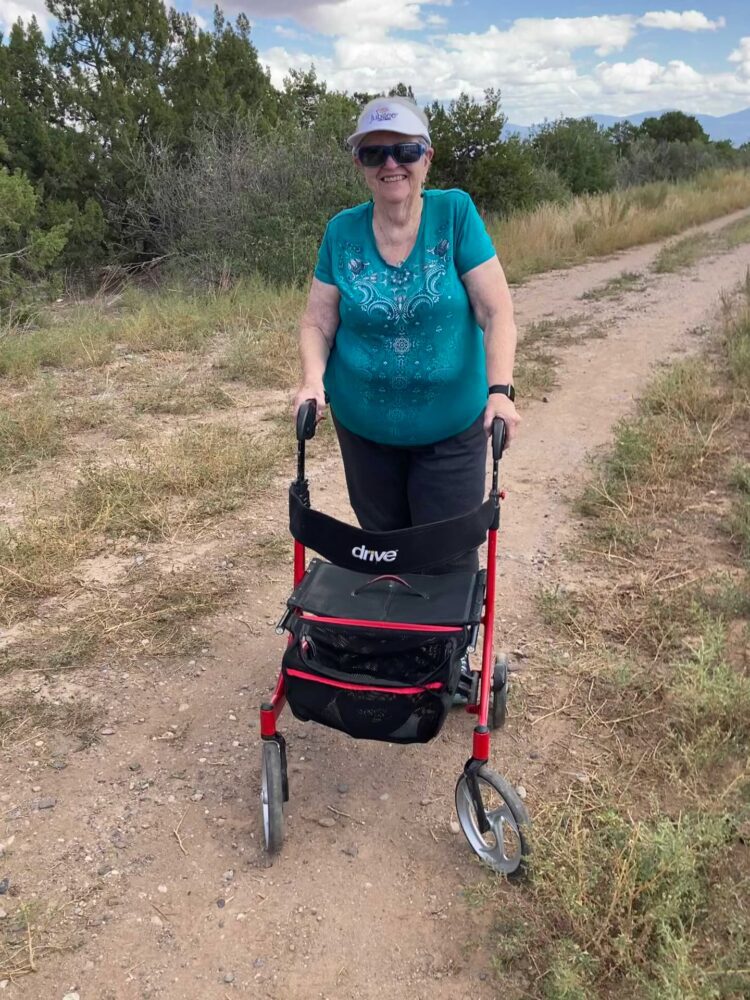Our society looks at youthfulness as the goal and desired norm. Listen to the TV and you will hear advertisement after advertisement about making your skin look young, hair never gray, and having a lean strong body. There are rarely messages that honor mobility issues no matter how young or old you are.
I was excited when I saw that the Audubon Society began a website called Birdability. Birdability was an attempt to get people thinking about those with mobility issues and birding. The founder was in a wheelchair. PEEC’s mission statement is “Enriching people’s lives by strengthening their connections to our canyons, mesas, mountains, and skies.” In line with this, I proposed that PEEC do an ADA assessment of various trails to help others decide if a trail was appropriate for someone with limited mobility. Katie Bruell, the then Executive Director, suggested calling the blog “Discoverability.”
My husband and I have tried nearly 25 trails, among the many in our area. Our goal was to see if I could access each trail using my Rollator Walker to determine the trail accessibility so that others could make an education decision on whether or not to explore it. We used the Birdability suggestions for analysis. In Candy Harrington’s books on barrier free hiking and travel she emphasizes the difficulty of trail grades for mobility issues. According to Harrington, the grade of an accessible trail must be one or more of the following: 5% or less for any distance; Up to 8.33% for 200 feet, with resting intervals every 200 ft.; Up to 10% for 30 feet, with resting intervals for every 30 ft.; and Up to 12.5 % for 10 feet, with resting intervals every 10 feet.

Disclaimer
The vision of the Los Alamos Nature Center is that being in nature is for everybody: adults, children, able bodied individuals or people with disabilities. This blog is presented here so an individual can make decisions for themselves as to the appropriateness of an individual trail. The items reviewed are at the suggestion of the Birdability.org.
